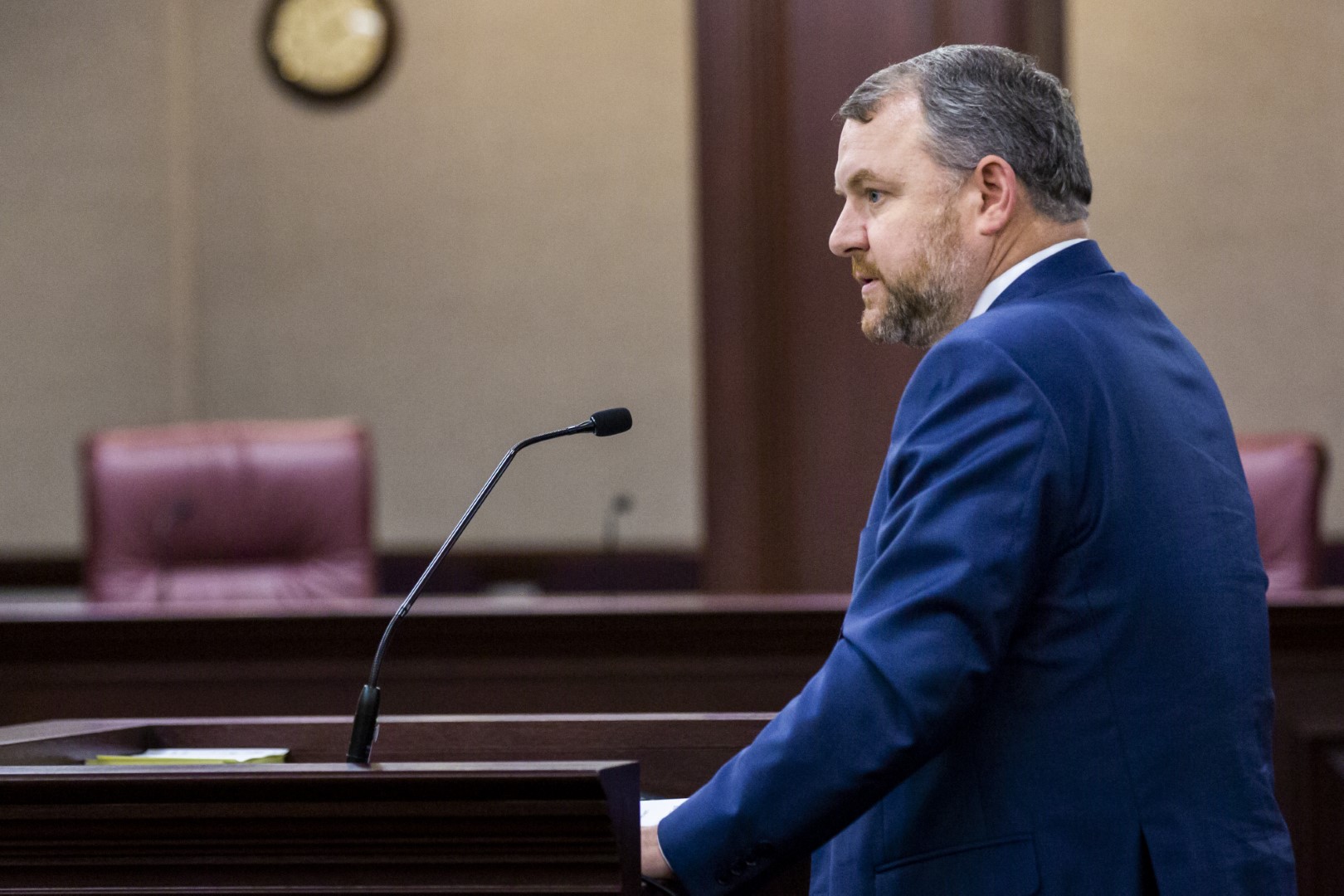
Fearing a one-size-fits-all approach is outdated, the Legislature is directing the entity overseeing state universities to propose a new method for distributing money tied to each school’s performance.
Language written into the $91.1 billion budget lawmakers passed last week requires the State University System Board of Governors (BOG) to develop a new model for dishing out performance-based funding, which totals $560 million for the 2019-20 fiscal year.
Senate Appropriations Chair Rob Bradley, a Fleming Island Republican, said the change is needed to complement an evolving university system.
“Performance funding has been very successful but I think it’s starting to run its course a little bit,” Bradley said. “I think it’s time to revisit it.”
The budget language asks the BOG to create “separate and distinct performance-based funding models” for universities.
Specifically, it directs the panel to develop new metrics for preeminent, emerging-preeminent, regional and mission-specific universities to compete in those subsets for the pot of money.
“The model should recognize each university’s continuous improvement and achievement of institutional and national excellence,” reads the language. The BOG will submit a report to state leaders by December.
Since 2014, the state has given money to universities based on how they rank across a series of metrics. With the latest budget factored in, the state has invested $1.25 billion in performance-based funding over six years.
Money from the base funding for universities is also distributed in the performance portion of the budget for schools that achieve more than 50 points in the ranking system. Last year, all schools met that threshold. Over the past six years, that money totals nearly $1.5 billion.
Seven of the 10 metrics in the current performance-based funding model apply to all institutions. They include benchmarks like graduate employment rates and median wages earned among graduates employed full-time.
Some universal metrics in the performance funding formula have changed over time, drawing criticism.
Last year, for example, the BOG approved a change in a graduation-rate assessment. Universities had until this year been evaluated on their six-year graduation rates. But the Legislature directed the BOG to change it to a four-year rate.
Rep. Ramon Alexander, a Tallahassee Democrat, said the change affected schools with higher populations of students on need-based aid, like Florida A&M University (FAMU). He said students there are often taking fewer credit hours so they can work part-time or full-time while attending school.
“It is a system that I call structural inequality,” Alexander said, suggesting the metric change caters to universities that attract students who are on scholarships or are financially better off.
For FAMU, Alexander said the performance-based funding model is like playing a game where there is a “moving target and the game was being changed [during] the game.”
Alexander, like Bradley, supports an overhaul of the funding model. He said he’d like to see an “individual continuous improvement model” for each university.
The current model, Alexander said, makes top universities stronger and shuts out others from competition — almost like comparing “apples to oranges.”
“If you expect [lower-funded universities] to come back in and compete, of course they’re going to lose,” Alexander said. “It’s not designed for them to win.”
In recent years, the “bottom three” universities based on the metric system were not eligible for state investment in performance-based funding. But the BOG scrapped that provision last year.
Alexander said that concept had previously prevented FAMU, which increased its composite score from 65 to 72 between 2017 and 2018, from being rewarded for progress because the school still fell within the “bottom three.”
But Bradley described that change as problematic for schools like the University of Florida, which is competing for the same state investment this year across more universities.
“To me, that’s not a good system because you don’t want to punish the top performers,” Bradley said.
Ideally, a new model will create a more competitive atmosphere for Florida’s top universities that are looking to cement themselves among the best public schools in the nation, Bradley said.
The request for a new model comes after the University of Florida in 2018 tied No. 8 among all public universities, according to U.S. News & World Report. It also follows Florida State University’s improvement to No. 26.
“At this point in their history, the University of Florida is really competing against [University of North Carolina]-Chapel Hill and [University of California]-Berkeley and the great public universities in the world,” Bradley said.
“It’s becoming less and less relevant to have the University of Florida competing against New College of Florida and Florida Gulf Coast University in a ranking system.”



